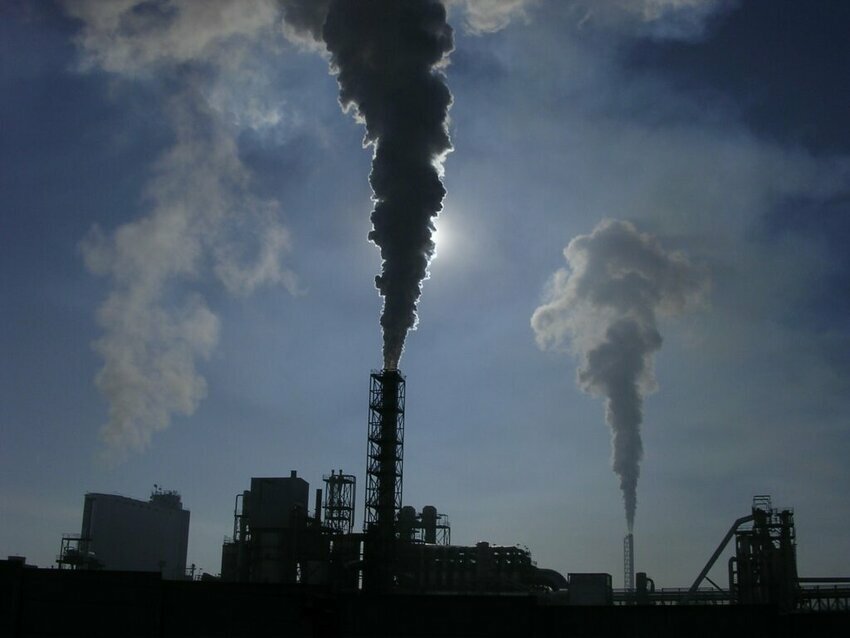 (Credit: Pixabay)
(Credit: Pixabay)Emissions across industries can be halved by 2030 with improving technologies and infrastructure, and by investing in improvements, according to an extensive report by the Intergovernmental Panel on Climate Change.
The report says major transitions will need to take place in the energy sector, with the reduction of fossil fuel use, improved energy efficiency and adapting to alternative fuels such as hydrogen. The IPCC also says electrification of transportation, reusing and recycling materials across industry and enhanced carbon uptake and storage will play a significant role in making improvements.
Overall, the IPCC Working Group III report was approved by 195 member governments and is the third installment of the IPCC’s Sixth Assessment Report, which will be available later this year. It covers 17 chapters of information across most sectors, including energy systems, buildings, transport, agriculture and finance.
“Having the right policies, infrastructure and technology in place to enable changes to our lifestyles and behavior can result in a 40-70% reduction in greenhouse gas emissions by 2050,” says IPCC Working Group III Co-Chair Priyadarshi Shukla. “This offers significant untapped potential.”
The report outlines drivers of emissions and what has been done to decrease them. More government policies have helped make improvements, and tools like carbon pricing will continue to aid transitions. Incentives for clean transportation and renewable energy has also helped lower emissions, according to the report.
Since 2010, costs of solar and wind energy as well as batteries have decreased up to 85%, for example. At the same time, the report finds that if investments in coal and fossil fuels continue, improvements will slow.
With this consideration, energy sector is one of the most important to reaching worldwide emissions goals, especially with energy demands, and thus emissions in this area are rising. Electricity needs to be supplied mostly by renewables, and more energy options such as biofuels and carbon capture need to be implemented.
The building industry is another where the IPCC sees potential for significant improvement. Buildings contributed almost a fifth of the world’s emissions in 2019, and most of that came from heat, electricity and materials such as steel.
The report says sustainable measures, improving the lifecycle of materials and using tools such as the sufficiency, efficiency, renewable framework can help buildings significantly lower emissions, even as urban areas grow. The IPCC says it sees examples of zero carbon buildings in almost all climates, and producing materials and chemicals with low to zero greenhouse gas use are also important to decreasing emissions in the sector.
Further implementation of long-range electric vehicles, including heavy-duty trucks and machinery, as well as using fuel sources such as hydrogen, are key in transportation. Additionally, biofuels, sustainable aviation fuels and energy and charging infrastructure were analyzed.
Managed land use also can contribute up to 21% of greenhouse gas emissions, and mitigation measures in forests and other natural areas can provide significant areas for emissions improvements, as well as economic opportunities.
The report says financial investment in making overall emissions and sustainable improvements is three to six times lower than necessary to make progress by 2030. It finds there is sufficient global capital to close investment gaps, but standardization in policy and alignment in the public finance sector is necessary for that to happen.
The report includes 278 authors from 65 countries. It was originally scheduled for publication in July 2021 but was delayed by the Covid-19 pandemic.
“There are policies, regulations and market instruments that are proving effective,” says IPCC Chair Hoesung Lee. “If these are scaled up and applied more widely and equitably, they can support deep emissions reductions and stimulate innovation.”